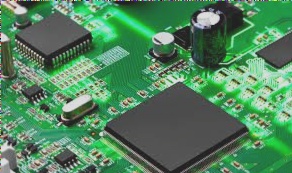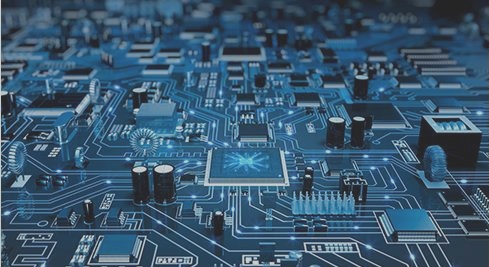The Importance of User-Centric PCB Design
When it comes to PCB design, focusing on the needs of end users can significantly enhance the usability and efficiency of the final product. Incorporating more silk screen information on the PCB for development boards can reduce the reliance on schematics and designer assistance, making it more user-friendly.
For mass production, addressing potential issues early on such as uniformity, spacing, and board edge width can streamline the manufacturing process, minimizing disruptions and reducing the workload for support tasks.
Adding more test points to the board, if space allows, can improve testability, expedite debugging, and aid in issue resolution.
The Value of Simulation in PCB Design
Simulation is a crucial tool that should not be overlooked by PCB designers. While it may be tempting to skip simulations, they can reveal trends, guide decision-making, and help identify and address potential issues before they impact the final design.
Investing time in simulations can deepen your understanding of design challenges and enhance your overall proficiency in PCB design.
The Significance of Attention to Detail
Attention to detail is key in PCB design, requiring carefulness and patience to avoid errors that could render a board unusable. Double-checking device packages against actual components prior to placement can help prevent common mistakes and ensure a clean, efficient PCB layout.
By integrating these principles into your work habits and continually refining your skills, you can achieve greater success in PCB design.
WellCircuits Limited: Your PCB Manufacturing Partner
WellCircuits Limited specializes in manufacturing high-precision double-sided, multi-layer, impedance-controlled, blind/buried vias, and heavy copper circuit boards. Their product range includes HDI, heavy copper, backplanes, rigid-flex assemblies, embedded capacitors and resistors, gold fingers, and other specialized circuit boards to meet diverse customer needs.



